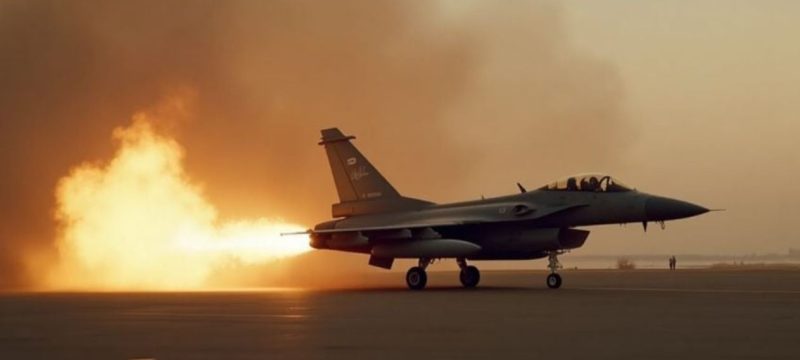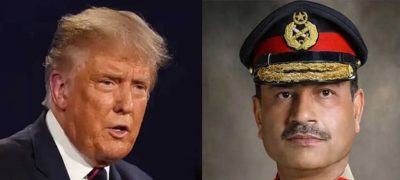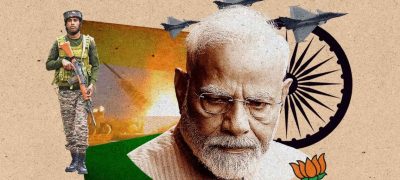International news outlets report that Dassault Aviation—the French company behind the Rafale fighter jets—continues to face a steep drop in stock value. The company’s shares recently declined by another 4.70%, bringing the total weekly loss to over 8%, raising concerns among investors and analysts.
The market’s shaken confidence has cast doubt on Dassault’s future, especially as speculation mounts following a dramatic military escalation in South Asia.
Read more: Pakistan Jams Indian Rafale Jets Amid Escalating Border Tensions
Earlier in the week, Dassault Aviation experienced a sharp 6% drop in share value on Wednesday alone. This decline coincided with reports that Pakistan’s Air Force had downed five Indian fighter jets, including three Rafale aircraft, during heightened tensions along the Line of Control (LoC) and the eastern border.
During a recent briefing on India’s “Operation Sindoor,” Indian Air Force (IAF) Air Marshal A.K. Bharti avoided confirming whether Rafale jets were indeed among the downed aircraft. Similarly, Lieutenant General Rajiv Ghai, India’s Director General of Military Operations (DGMO), downplayed the losses, stating, “Losses are a part of combat,” while refusing to disclose specific details for reasons of operational security. He did confirm, however, that all IAF pilots involved had returned safely.
Meanwhile, Pakistan presented its version of events to the international media, asserting that five Indian jets—including three French-made Rafales—were shot down in its retaliatory action.
India’s lack of transparency has only intensified speculation, particularly since Rafale jets have been portrayed as a major strategic advantage for the Indian military.
Pakistan’s armed forces continue to claim a decisive win in the conflict. Lieutenant General Ahmed Sharif and senior Air Force officer Air Vice Marshal Aurangzeb jointly announced a 6-0 victory over the IAF. They praised the Pakistan Air Force’s high level of readiness and swift response to Indian hostilities.
Aurangzeb expressed gratitude to Allah for the victory and highlighted that PAF acted under the direct guidance of the Air Chief. He explained that the PAF had maintained operational vigilance during both peace and wartime, and used their right to self-defense to neutralize threats from the Indian side.
He added that all incoming threats—including drones and missiles—were detected by Pakistan’s air defense system. The PAF successfully jammed hostile drones and disrupted their communication links, utilizing both electronic warfare (soft kill) and physical interception (hard kill) techniques. Hard kill measures were reserved for civilian areas to minimize collateral damage.









